The global truffle industry has been shaken by a recent investigation revealing widespread fraud in Italy, where authorities found approximately 80% of commercially sold truffle products contained counterfeit ingredients. This scandal has sent ripples through gourmet markets worldwide, calling into question the authenticity of one of the culinary world's most prized ingredients.
Italian food safety inspectors conducted a year-long undercover operation across Piedmont and Umbria, two regions famous for producing premium white and black truffles. Their findings exposed an elaborate network of suppliers, processors, and retailers engaged in sophisticated adulteration practices. The counterfeit operations ranged from mixing genuine truffles with cheaper mushrooms to creating entirely synthetic products using artificial flavorings and wood pulp textured to mimic the real thing.
What makes this fraud particularly egregious is the price premium commanded by authentic truffles. At retail, white truffles can sell for €3,000-€5,000 per kilogram, while black truffles fetch €800-€1,500/kg. The profit margins for counterfeiters are enormous, as the substitute materials cost mere pennies by comparison. Many of the adulterated products were being sold at full price to unsuspecting consumers and high-end restaurants across Europe, Asia, and North America.
The investigation uncovered several common methods of deception. Some producers were bulking up truffle pastes and oils with neutral-flavored mushrooms like champignons or portobellos. Others used synthetic 2,4-dithiapentane (the primary aromatic compound in truffles) to create the illusion of authenticity. Perhaps most disturbingly, certain processors were found injecting truffle aroma into low-grade truffles or even pieces of wood to pass visual inspection.
Food scientists explain that detecting truffle fraud presents unique challenges. Unlike wine or olive oil where chemical markers can clearly indicate origin and purity, truffles contain complex volatile organic compounds that vary naturally based on soil conditions, maturity, and species. This natural variability makes establishing definitive authenticity standards difficult. Current EU regulations require only that truffle products contain some percentage of real truffle, without specifying minimum thresholds for different product categories.
The economic impact extends beyond consumer deception. Honest truffle hunters and small producers are being undercut by fraudulent operations that can offer seemingly identical products at 30-50% lower prices. Many family-run businesses that have harvested truffles for generations now face financial ruin as trust in the entire supply chain erodes.
Italian authorities have made several arrests and seized tons of adulterated product, but experts believe this represents just the tip of the iceberg. The sophisticated nature of the fraud suggests organized crime involvement, with distribution networks spanning multiple countries. Investigators found that some counterfeit operations even maintained legitimate front businesses as cover.
Consumer advocates are calling for stricter labeling laws and more rigorous testing protocols. Some suggest implementing blockchain technology to track truffles from forest to table, while others propose DNA barcoding systems similar to those used in the seafood industry. However, such measures would significantly increase costs in an already expensive market.
The scandal has prompted soul-searching among chefs and gourmet retailers. Many high-profile restaurants are now requiring direct relationships with trusted foragers or insisting on whole truffles they can inspect personally before shaving onto dishes. Specialty food shops report a surge in demand for whole, fresh truffles as customers lose confidence in processed products.
This crisis highlights broader issues in luxury food authentication. From saffron to caviar to aged balsamic vinegar, high-value ingredients frequently fall victim to sophisticated fraud. The truffle case demonstrates how even experienced professionals can be fooled by convincing counterfeits, suggesting the need for industry-wide reforms in how we verify and value culinary treasures.
As legal proceedings continue, the Italian government has pledged to strengthen enforcement and increase penalties for food fraud. Meanwhile, consumers are left wondering whether that intoxicating truffle aroma gracing their pasta came from the forests of Alba or a chemistry lab in an industrial park.
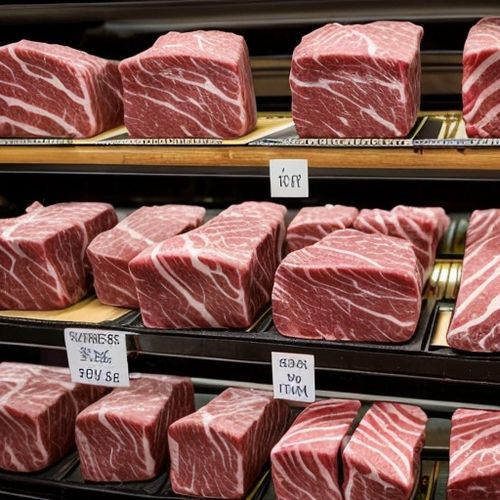
By Lily Simpson/Apr 10, 2025
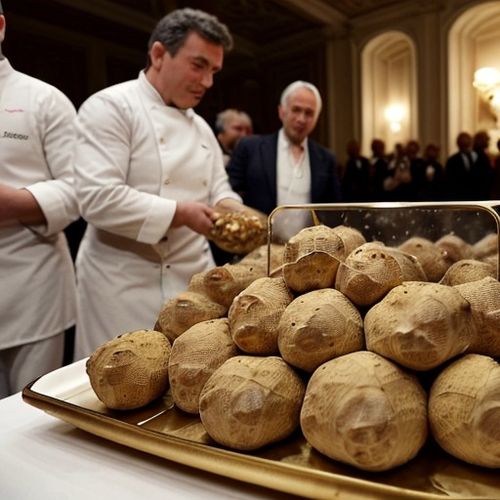
By Victoria Gonzalez/Apr 10, 2025
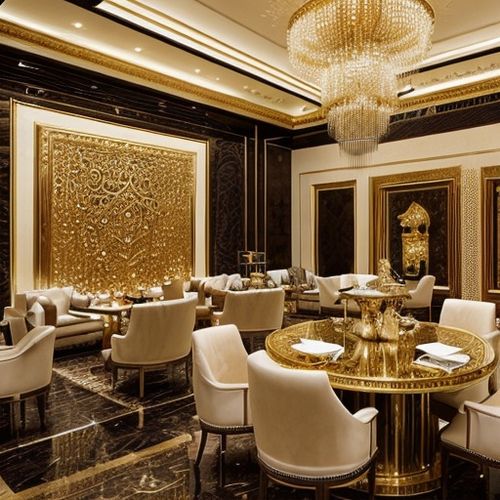
By Emily Johnson/Apr 10, 2025
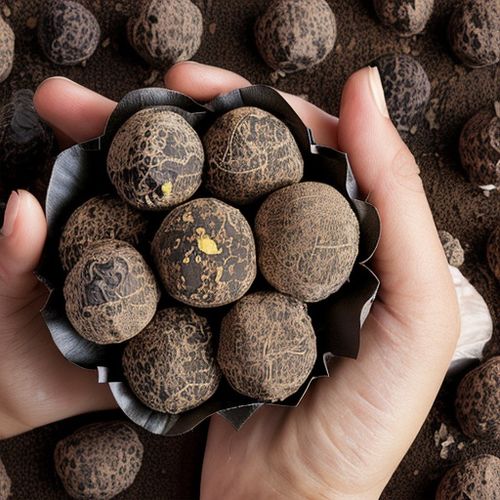
By Megan Clark/Apr 10, 2025
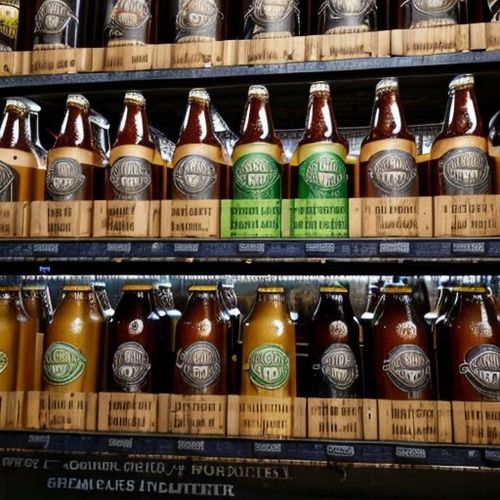
By Amanda Phillips/Apr 10, 2025
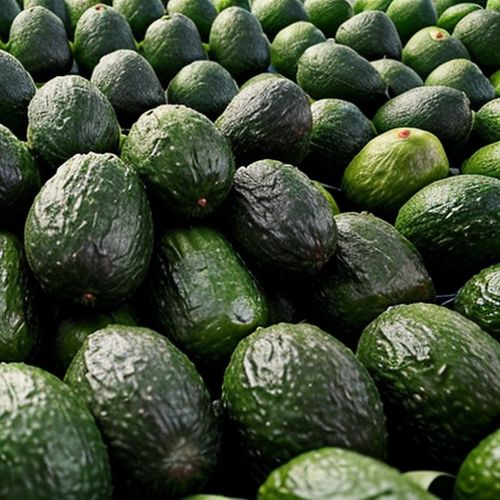
By James Moore/Apr 10, 2025
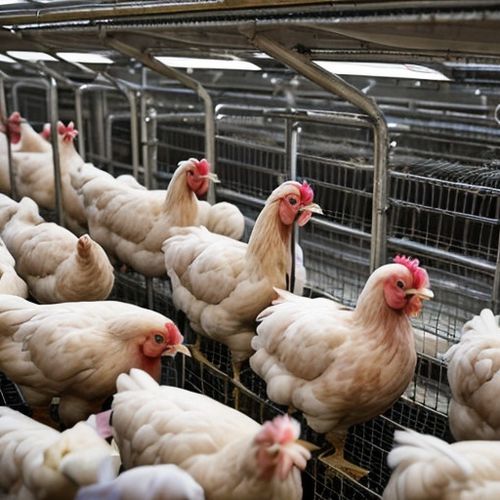
By Noah Bell/Apr 10, 2025
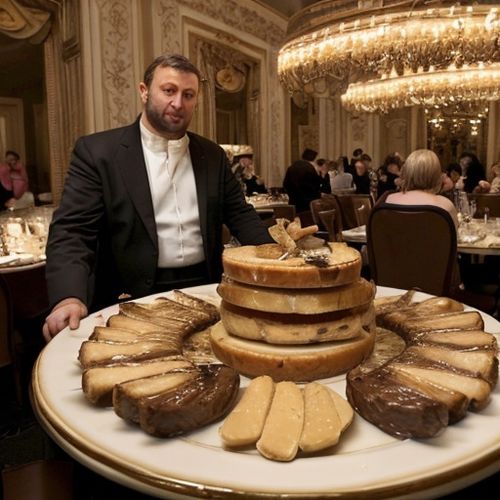
By Eric Ward/Apr 10, 2025
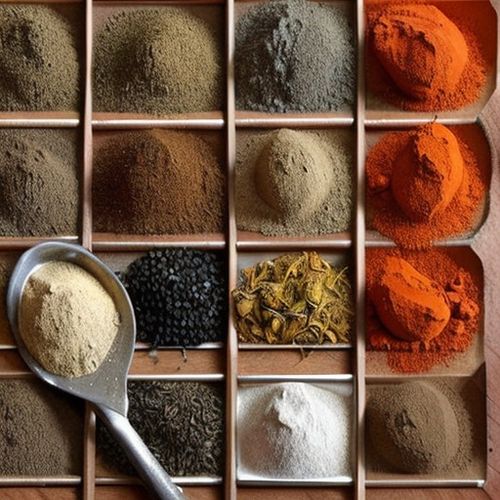
By Megan Clark/Apr 10, 2025
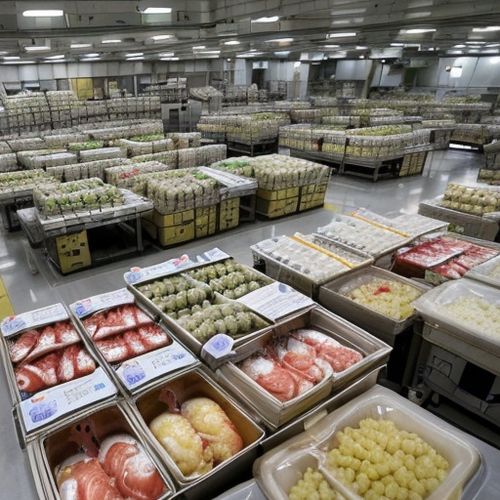
By Natalie Campbell/Apr 10, 2025
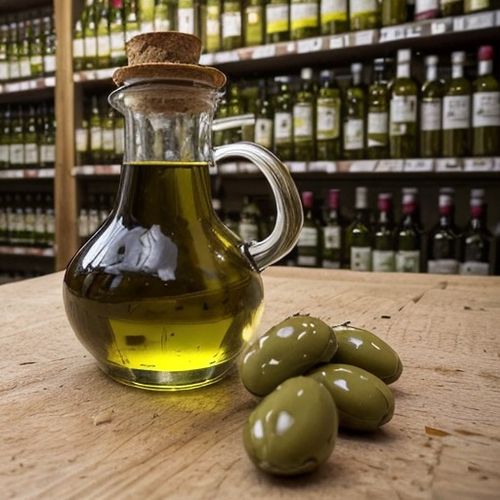
By Amanda Phillips/Apr 10, 2025
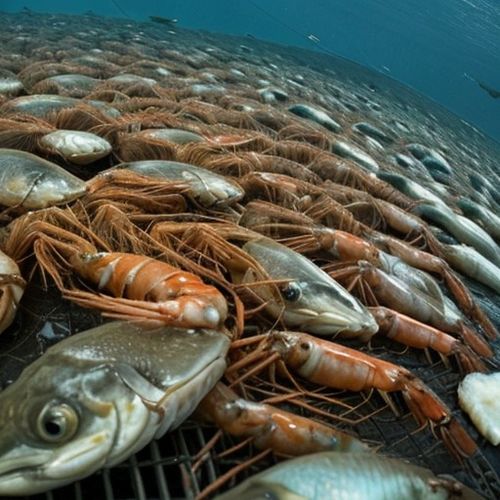
By Michael Brown/Apr 10, 2025

By Elizabeth Taylor/Apr 10, 2025
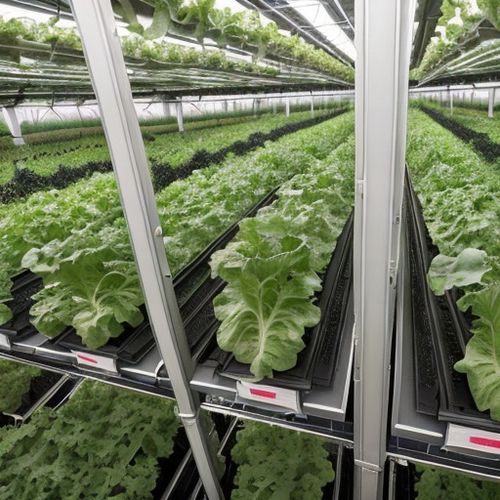
By Emma Thompson/Apr 10, 2025
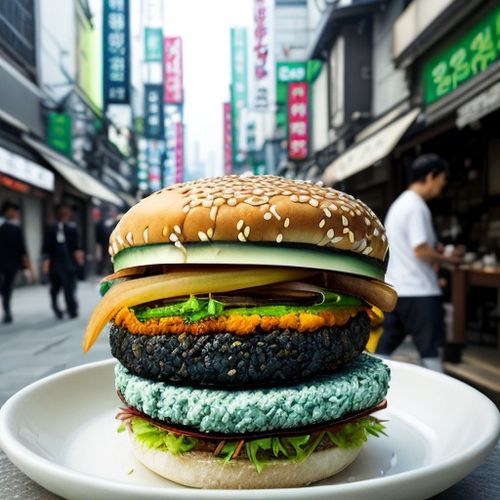
By Natalie Campbell/Apr 10, 2025
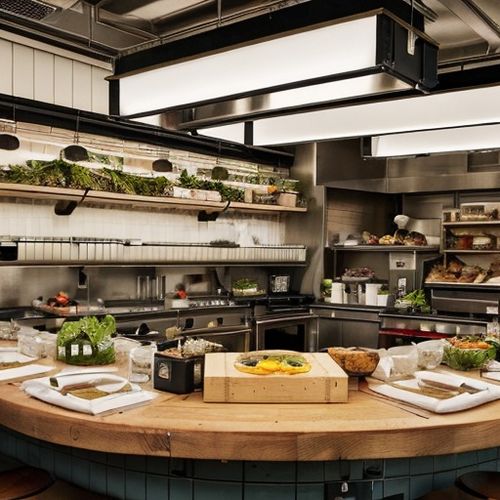
By Eric Ward/Apr 10, 2025
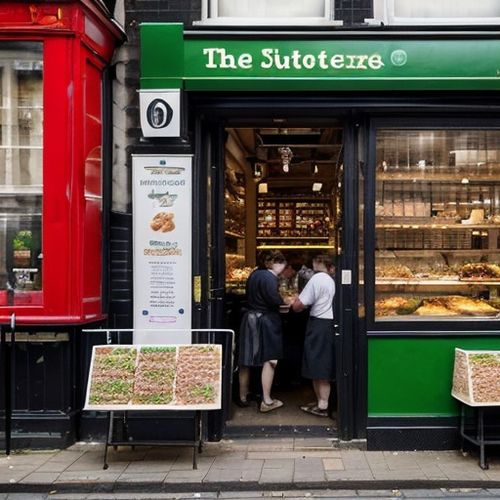
By Sophia Lewis/Apr 10, 2025